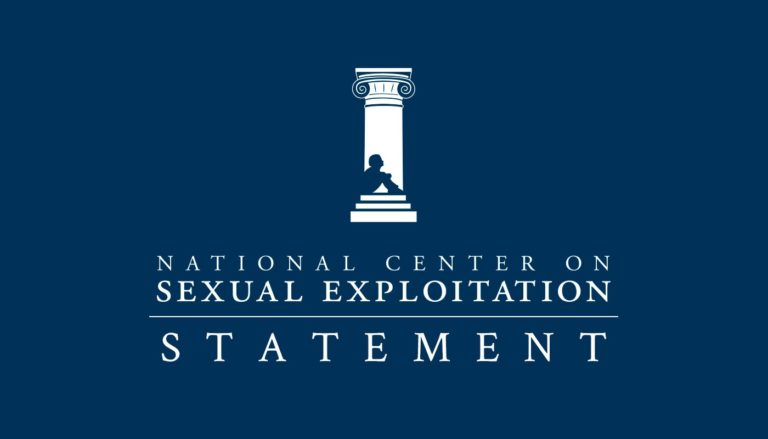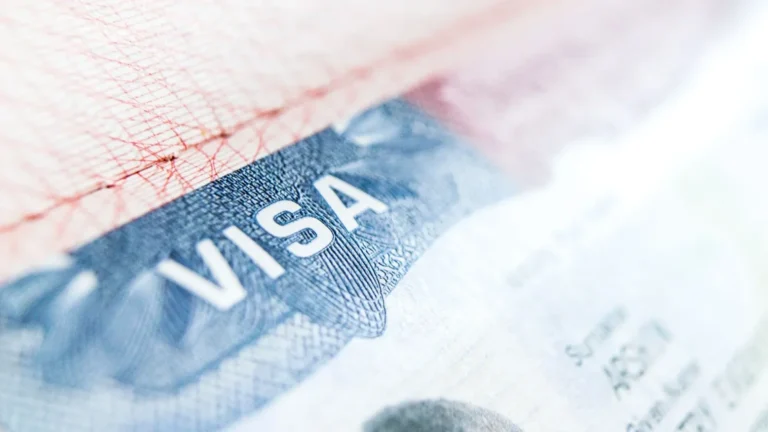Written by Hysen Sisco, MIM Intern
Porn tells a lot of lies to children. While adults may be able to recognize the fantasy (though many can’t), the children and teens viewing porn believe it is a model for how they should behave when they become adults. They begin practicing what they see. These lies become risks and there are some pretty devastating cognitive and social repercussions. Parents need to arm their children with the information and confidence to withstand the onslaught. Especially since children between 12 and 17 are the largest consumer group for internet pornography.
Maree Crabbe, co-producer and co-directors of the documentary film Love and Sex in the Age of Pornography outlined the many risks of learning from porn, aside from the moral objections. Porn doesn’t show the use of condoms, it portrays “scenes with multiple partners and risky hygiene practices, focused on one body type and gave ‘problematic’ messages about consent.” This misinformation about healthy sex practices can, if left uncorrected, create corrosive habits that carry into adulthood and multiply.
There is a vast difference in how boys and girls, in general, perceive porn. Boys are more curious and interested where girls are angry, confused and frightened when watching porn. The girls react like this because of the violence and degradation of their sex on-screen, while the males are shown in a position of pure, masculine power. In a content analysis of pornographic scenes, almost 90% included acts of physical aggression (hitting, choking, gagging, etc.) and in 94% of those scenes “the aggression was directed towards women who were often shown enjoying it.” Viewing material that idealizes and eroticizes violence and the degradation of women has severe consequences to a teen’s understanding of normal, healthy relationships.
For many teens, the already daunting task of attracting the opposite sex is complicated by their inability to conceive of realistic relationships. Rather than timidly courting each other—learning the ropes of romantic relationships and getting to know another person—they assume those pairing-offs are simply for the performance of porn sex. Their expectations are absurdly distorted to where they expect, even in casual social exchanges, to engage in actions and language degrading to women.
One young man told his therapist, “when a girl he liked did not return his feelings,…: ‘I feel like stabbing her.’ He also threatened to kill himself because he felt he would never be able to have a normal relationship, and admitted he liked ‘seeing women being hurt.’”
Even young girls are coming to expect this of themselves; that enjoying and engaging in this rough, violent sex is how they are supposed to behave as women, despite their displeasure in it. Crabbe said that “young women mentioned again and again about feeling pressure from their partners … and feeling used and dirty and degraded.” In the same article, a boy described his first sexual experience at 15, saying “[I had] watched so much porn I thought ‘all chicks dig this, all chicks want this done to them,’ so I tried all this stuff and, yeah, it turned out bad.” In other words, females in the real world actually have needs and desires that these boys resent having to consider.
Professor Matt Field, a psychologist at University of Liverpool, explained that because of how adolescent’s brains develop, they are particularly vulnerable to addictions. The brain’s reward centre is fully developed by adolescence, but the pre-frontal cortex—the part responsible for self-control of urges—isn’t fully developed until the mid-20s. “The brains of teenagers are not wired to say ‘stop,’ they are wired to want more.”
Parents should watch out for lying or being secretive, isolation from family and friends, failing grades, and depression. Oxford University neuroscientist and psychologist Susan Greenfield warns of other signs. Due to the instant gratification, internet use can change brain chemistry to make teens more self-centered. It has been associated with “mental disorders such as autism, attention deficit disorder and hyperactivity… [Teens addicted to porn] become more prone to ‘real world’ violence, and less able to empathize.”
One of the largest resource of porn for teens, and very telling of this generation’s precarious position, is Facebook. Porn pops up in advertisements and on their newsfeed on a relatively innocuous site where parents are happy to let their children spend time. When asked about parental controls at home, a group of 20 boys and girls, aged 13-14 said “their parents trusted them. They all admitted their parents had no idea what they were watching, and would be shocked if they did know.”
It may be correctly assumed that “children in families with weak parenting and fewer boundaries are more at risk” for porn consumption. However, any child with access to the internet via a computer, smartphone or tablet is susceptible, including children from conscious and engaged parents.
So what can parents do? The most important thing is to talk to them. About everything. Parents have to be a safe, reliable place to go for their children to go if they have fears or questions, not their friends who may be misinformed. Teach them about respecting others and give them a sense of modesty about their own bodies. You do not have to complicate things and get explicit; just have an honest discussion in terms they can understand. Use words like disrespect, hurt and yucky, the words you use every day to describe things. Discuss the difference between real and fake sex, and love and lust. Perhaps, if they’re older, educate them on sex trafficking in porn, and how porn creates a demand.
Parents can also use filtering software on electronic devices to include computers and smartphones that block pornography. There are many companies that provide the necessary information such as our friends over at CovenantEyes.
This is an emotional and sensitive issue, but if parents can be proactive and get in before sexualized media and society, the risks and challenges can be greatly reduced.
Related articles to read:
Pornography being used for teens’ sex education
Teen addiction to pornography a growing problem
Experiment that convinced me online porn is the most pernicious threat facing children today
How to teach children about (*gasp*) pornography
Teenage boys addicted to “extreme” porn and want help
Jamie is 13 and hasn’t even kissed a girl.


